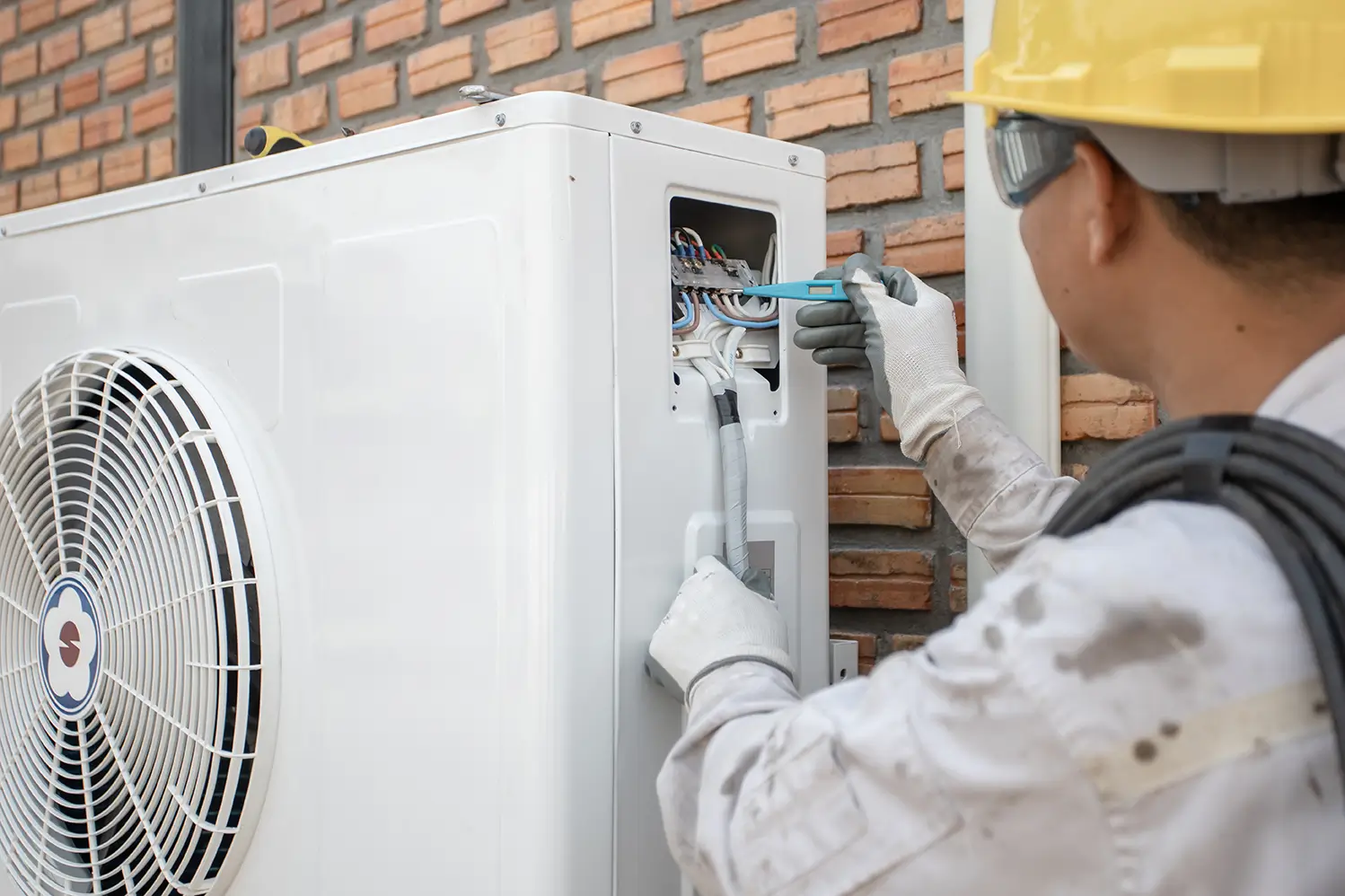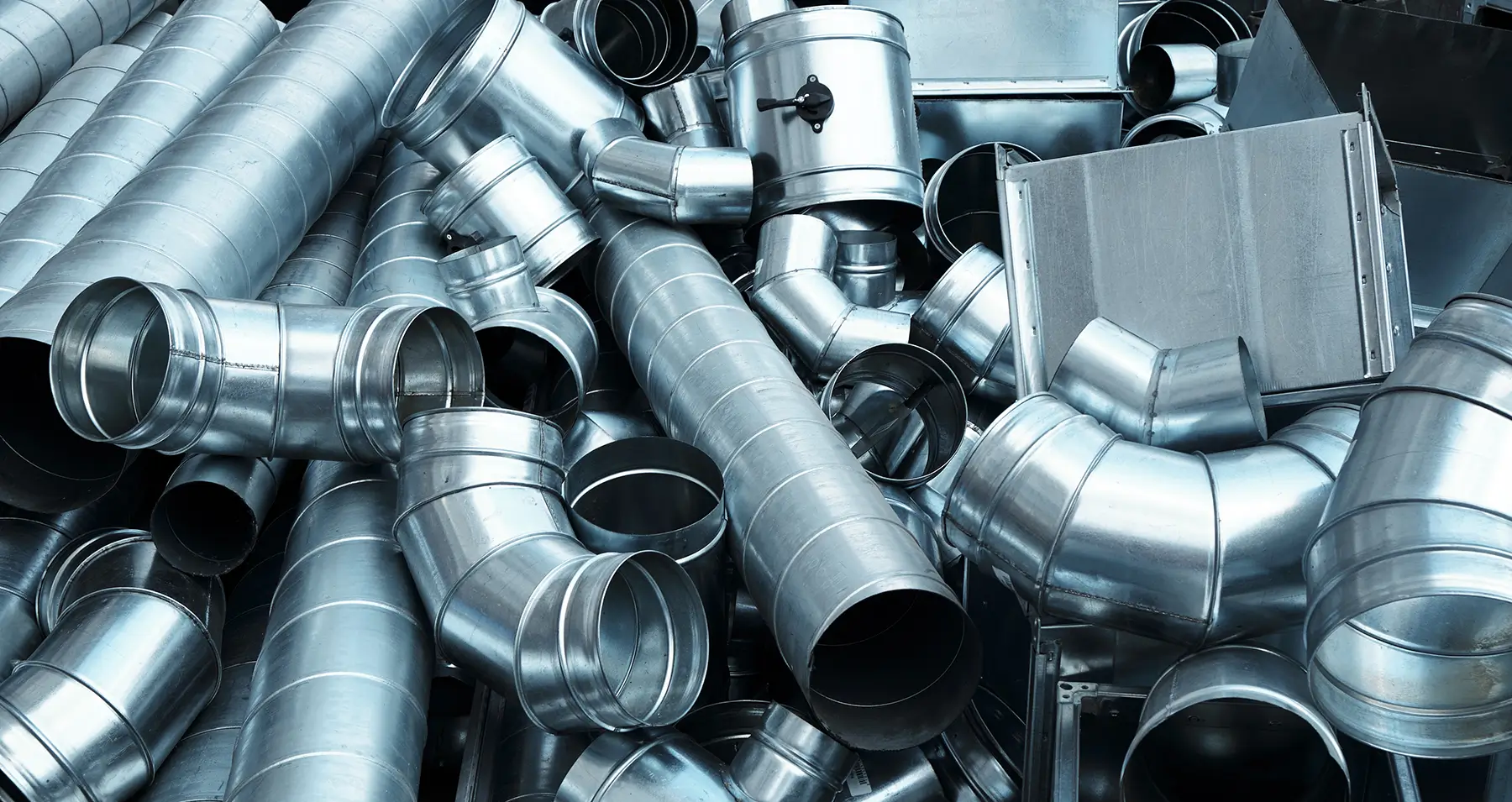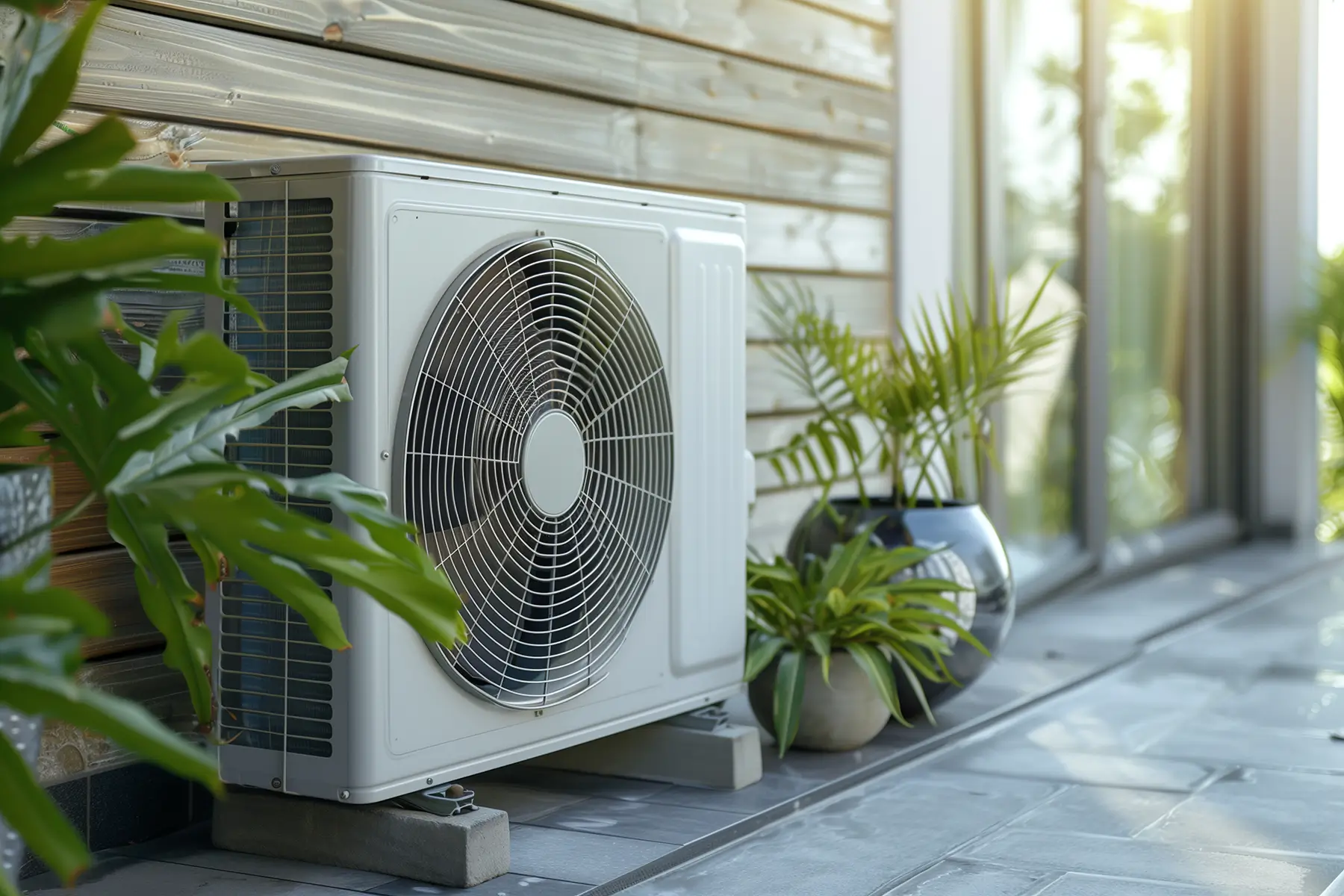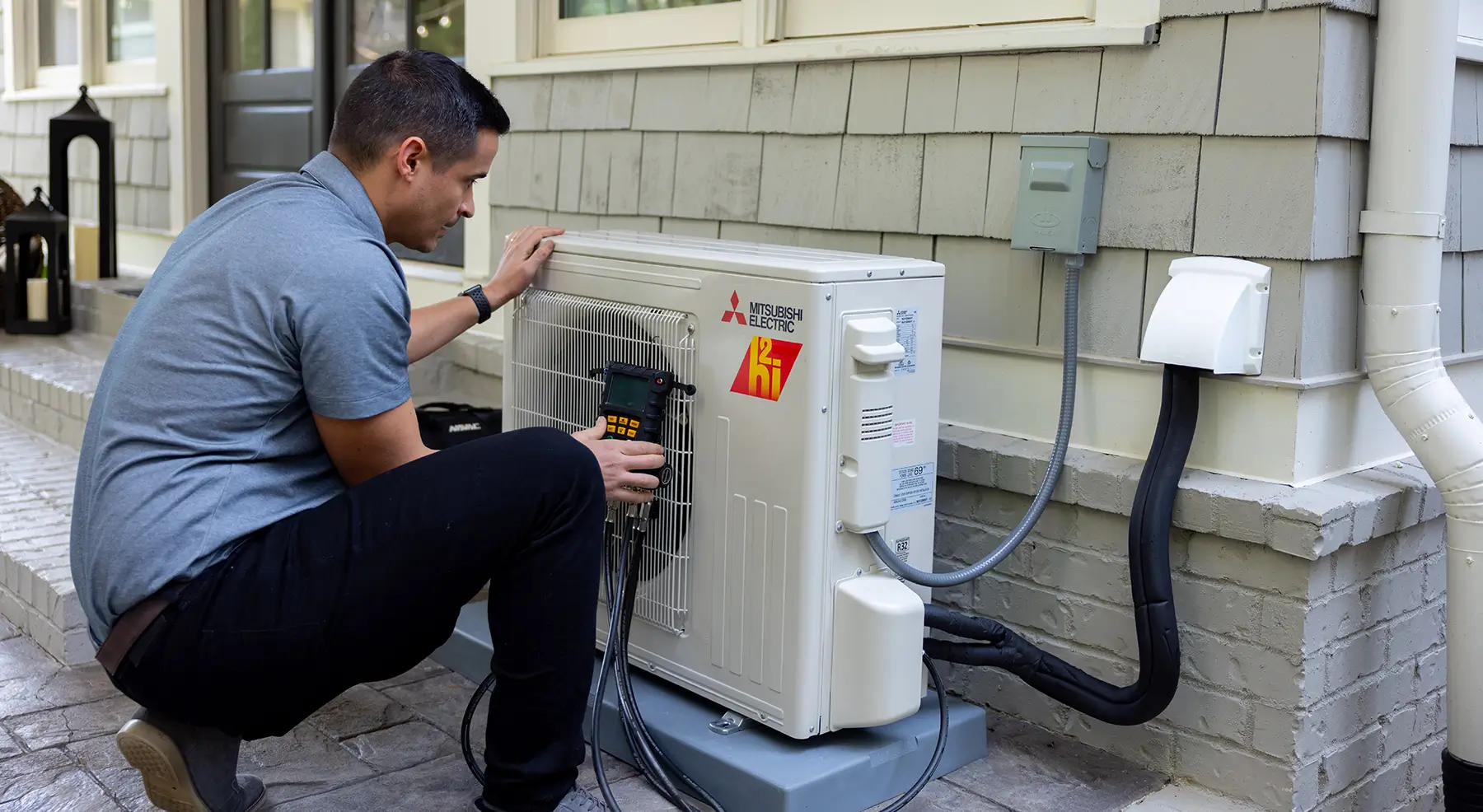Table of Contents
Design and Installation Flexibility
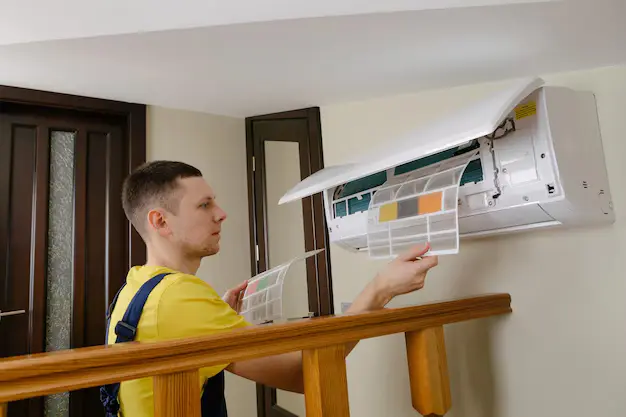
Compact and Flexible Design
The design of modern mini-splits has evolved to be more compact and aesthetically pleasing, making them suitable for a variety of architectural styles. With slim profiles and less intrusive indoor units, these systems can seamlessly integrate into any room without dominating the space. Manufacturers offer indoor units that can be wall-mounted, ceiling-suspended, or even recessed into drop ceilings, providing homeowners and designers with versatile options that complement the interior decor.
Simplified Installation
One of the standout features of modern mini-splits is their ease of installation. The connection between the indoor and outdoor units typically requires only a small three-inch hole through the wall for the conduit. This minimal structural impact allows for greater flexibility in the placement of the outdoor units, which can be as far as 50 feet away from the indoor units. This flexibility is particularly advantageous for maintaining the aesthetic appeal of a building’s exterior by positioning the outdoor units in less conspicuous locations. Additionally, the simplified installation reduces labor time and cost, making mini-splits an attractive option for new constructions and retrofits.
Enhanced Zone Control and Customization
Multi-Zone Systems
Modern mini-splits offer advanced zoning capabilities, allowing individual control over multiple areas or rooms within a building. Each zone can be equipped with its air-handling unit and connected to a single outdoor unit. This setup provides precise temperature control in each area, ensuring optimal comfort and reducing energy waste. Homeowners can heat or cool specific zones based on occupancy, which is particularly beneficial in larger homes or commercial spaces where certain areas are not always in use.
Customization Options
Today’s mini-splits have various customizable settings that enhance user control and comfort. These include operating modes like heating, cooling, fan-only, and dehumidification. Additionally, many systems feature built-in timers and sleep functions, allowing users to program operation schedules that align with their daily routines, further optimizing energy use and comfort. Integrating remote controls and smart technology also enables easy adjustments, providing the flexibility to change settings on the go or according to changing weather conditions. This level of customization improves the mini-split systems’ usability and maximizes their efficiency and effectiveness in maintaining a comfortable indoor environment.
Energy Efficiency and Environmental Impact
Improved Energy Efficiency
Modern mini-splits are designed for superior energy efficiency, significantly reducing electricity consumption compared to traditional HVAC systems. The integration of variable-speed compressors allows these units to operate at varying intensities, avoiding the energy waste associated with cycling on and off at full power. This feature alone can considerably reduce monthly utility bills and prolong the system’s lifespan by minimizing mechanical strain during operation.
SEER and HSPF Ratings
When evaluating mini-splits efficiency, it’s important to consider their SEER (Seasonal Energy Efficiency Ratio) and HSPF (Heating Seasonal Performance Factor) ratings. These ratings measure the cooling and heating efficiency of air conditioners and heat pumps. Modern mini-splits often boast high SEER and HSPF ratings, indicating their ability to operate effectively while consuming less energy. Choosing a high-rated system can lead to long-term savings and lower carbon emissions, supporting environmentally conscious living and compliance with increasingly stringent energy regulations.
Air Quality and Maintenance Advantages

Superior Air Quality
Modern mini-splits have advanced multi-stage filtration systems that significantly improve indoor air quality. These filters capture dust, pollen, bacteria, and other airborne particles, reducing allergens and creating a healthier living environment. Unlike traditional ducted systems that can accumulate and recirculate pollutants, mini-splits deliver clean air directly into the room, preventing the buildup of contaminants within ductwork. Some models also feature ionizing or deodorizing filters, further enhancing air quality.
Reduced Maintenance Needs
One key advantage of ductless mini-split systems is their reduced maintenance requirements. Traditional HVAC systems often require professional cleaning and upkeep of ductwork to maintain efficiency, whereas mini-splits avoid these issues altogether due to their ductless design. Routine maintenance is straightforward, typically involving simple tasks like cleaning or replacing filters, which homeowners can easily handle. Furthermore, the modular nature of these systems means that any malfunctioning indoor unit can be serviced or replaced independently without affecting other zones, ensuring minimal disruption and lower repair costs over time.
Future Trends in Heat Pump Technology
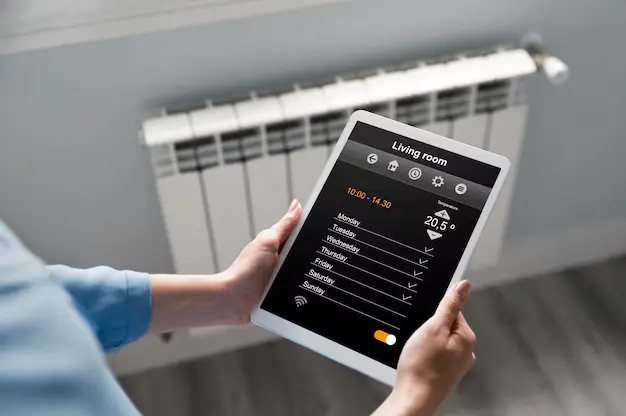
Emerging Technologies
The future of mini-split heat pump technology is promising, with several emerging advancements poised to improve efficiency and user experience further. Artificial intelligence (AI) and machine learning are increasingly integrated into modern systems, enabling predictive maintenance and automated adjustments based on historical usage patterns. These systems can learn user preferences and optimize settings for maximum comfort and energy savings.
Further Improvements in Energy Efficiency
The continued focus on energy efficiency drives manufacturers to develop even more sophisticated compressor technologies. Expect to see advancements like dual inverter compressors, which offer even greater variability in operating speeds, reducing energy consumption to unprecedented levels. Additionally, innovations in refrigerant technology aim to reduce the global warming potential (GWP) of refrigerants, further minimizing the environmental impact of mini-split systems.
Market Trends
Rising consumer awareness of energy efficiency, coupled with government incentives, will likely accelerate the adoption of mini-split systems in residential and commercial markets. More stringent energy regulations worldwide will push for higher minimum efficiency standards, compelling manufacturers to innovate. Multi-zone systems, smart home integration, and sleek designs that blend seamlessly into various architectural styles will continue to shape market preferences, ensuring mini-splits remain popular.
Integration with Renewable Energy
Another significant trend is the integration of mini-splits with renewable energy sources. As more homeowners adopt solar panels or other green energy solutions, mini-splits can be part of an all-electric heating and cooling strategy that minimizes fossil fuel reliance. With improved battery storage solutions, homes could effectively run their mini-splits on stored renewable energy, reducing carbon emissions and utility costs.
Benefits of Modern Mini-Splits Over Traditional Systems
Advanced Heating and Cooling Flexibility
Modern mini-splits provide year-round climate control with the ability to switch between heating and cooling modes seamlessly. Unlike traditional HVAC systems that often rely on separate units for heating and cooling, mini-splits use heat pump technology to warm and cool rooms efficiently. This dual functionality makes them suitable for diverse climates and ensures optimal comfort regardless of the season.
Enhanced Comfort with Zone Control
One of the primary advantages of modern mini-splits is their zone control capability. Each indoor unit can operate independently, allowing for customized temperature settings in different rooms. This feature is handy for larger homes or buildings with varied heating and cooling needs. By conditioning only occupied zones, mini-splits reduce energy waste and provide a tailored comfort solution that traditional centralized systems struggle to achieve.
Noise Reduction and Sleek Design
Today’s mini-splits operate with significantly reduced noise levels compared to older models. Innovations like inverter-driven compressors and insulated fan compartments make them quieter than conventional systems. Additionally, their sleek design allows indoor units to blend seamlessly into various interior styles, with options for wall-mounted, ceiling-mounted, or floor-standing units.
Improved Energy Efficiency and Environmental Impact
Modern mini-splits are more energy-efficient than their predecessors, thanks to advancements like variable speed compressors and multi-stage heating/cooling. High SEER and HSPF ratings indicate superior performance, reducing energy consumption and environmental impact. By avoiding the energy losses associated with ductwork, mini-splits can deliver up to 30% more efficient heating and cooling.
Cost Savings and Incentives
Upgrading to a modern mini-split system can result in substantial cost savings over time. Lower energy consumption directly translates into reduced utility bills. Moreover, government incentives and tax credits, such as those provided by the Inflation Reduction Act (IRA), can significantly offset installation costs. Homeowners can claim up to 30% of their heat pump installation expenses, with a cap of $2,000.
Superior Air Quality and Low Maintenance
Modern mini-splits feature multi-stage filtration systems that improve indoor air quality by removing dust, allergens, and pollutants. They require minimal maintenance compared to traditional HVAC systems, often involving costly and time-consuming duct cleaning. Homeowners can easily clean or replace filters, reducing upkeep costs and ensuring a healthier living environment.
Conclusion
Modern mini-splits offer a range of advanced features that provide superior comfort, efficiency, and customization compared to traditional HVAC systems. Innovations like variable speed compressors, smart thermostat integration, and multi-zone control represent the next generation of heating and cooling solutions. As energy efficiency becomes an increasingly important factor, mini-splits will continue to play a crucial role in shaping the future of climate control.

